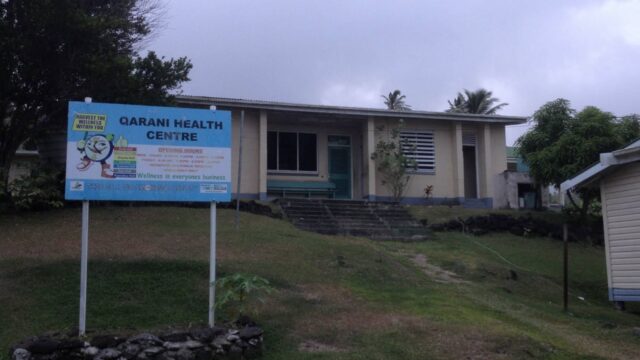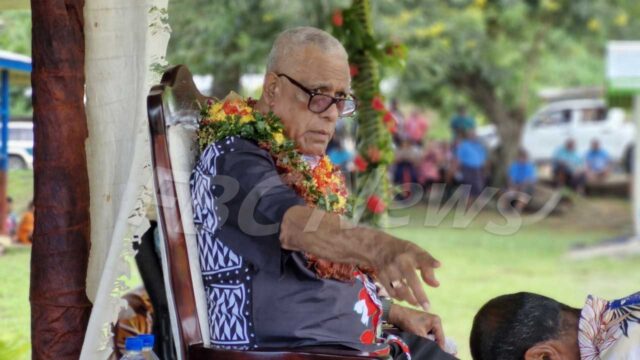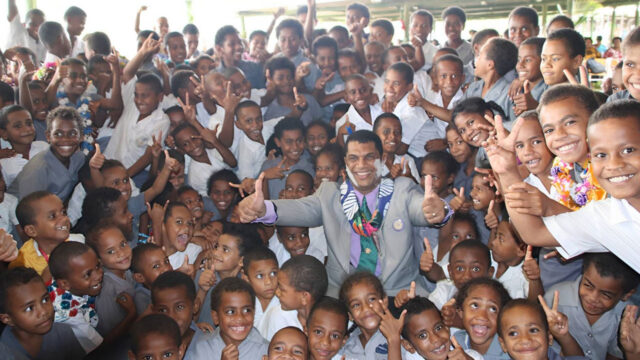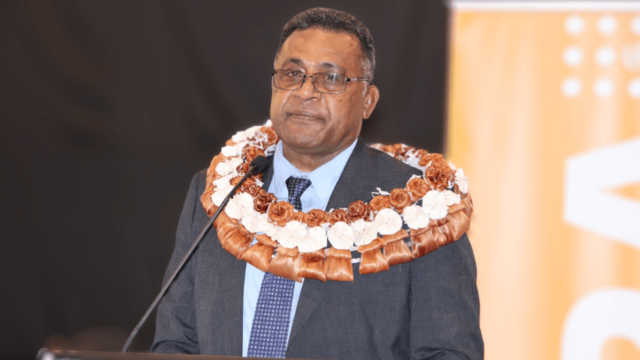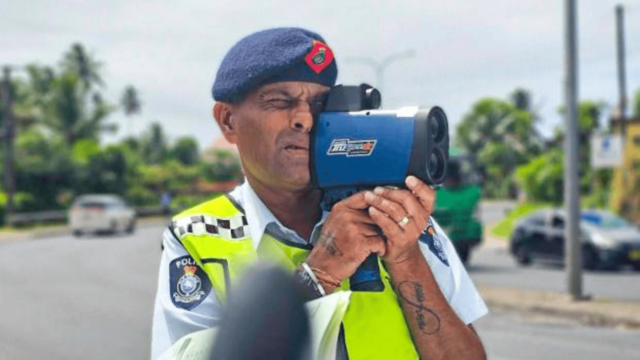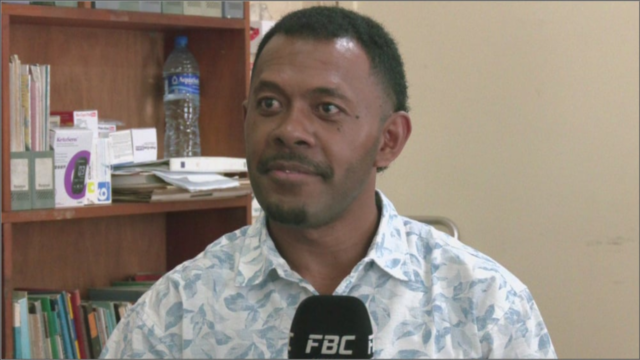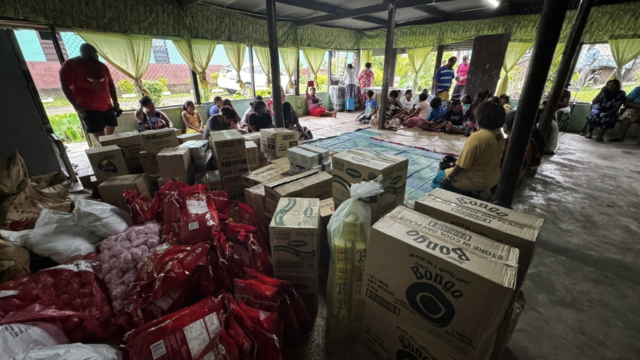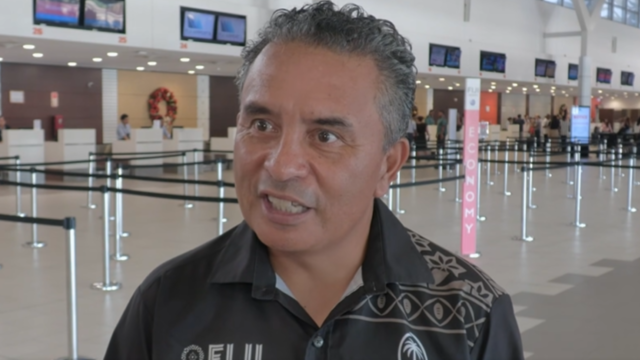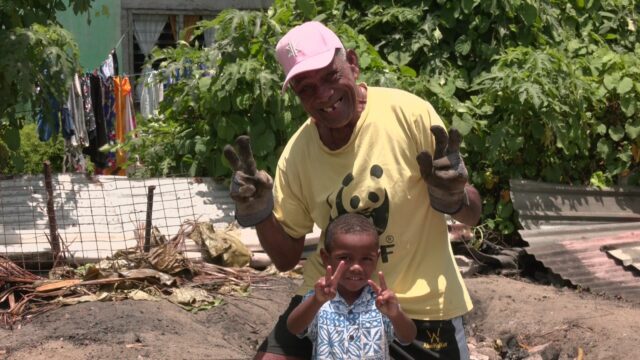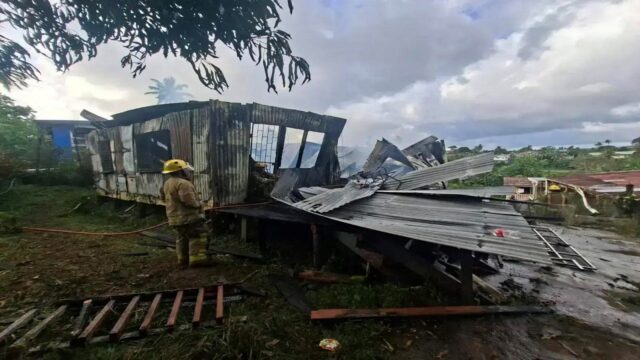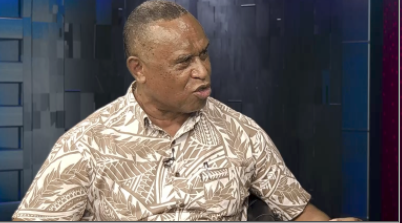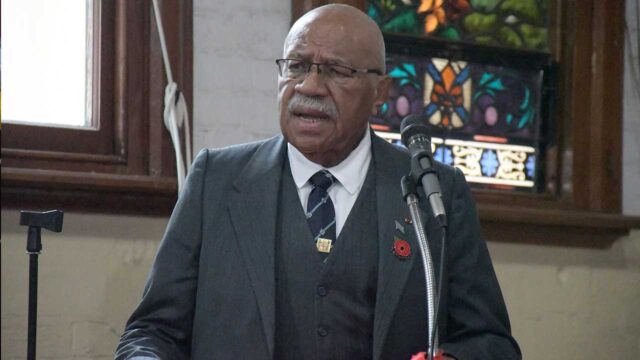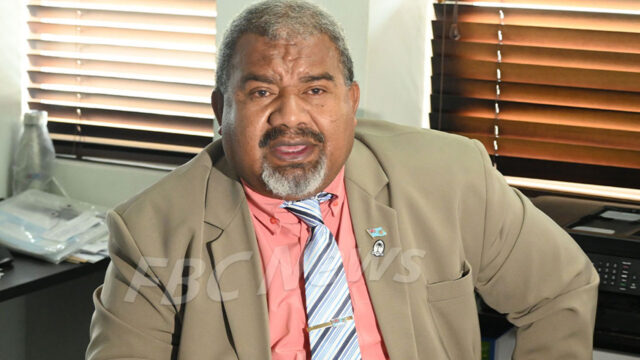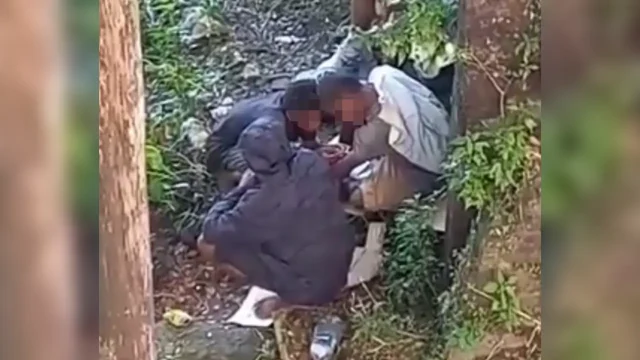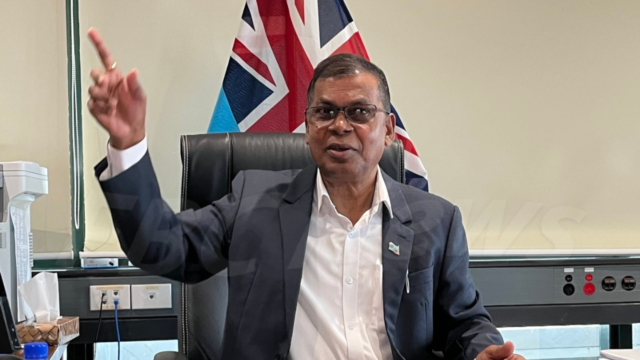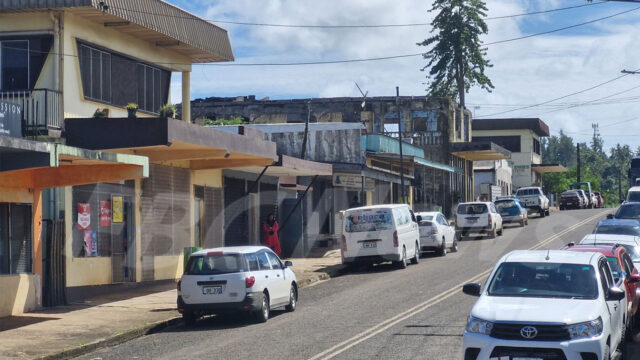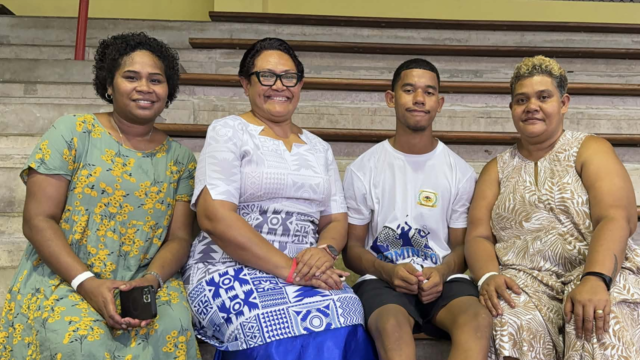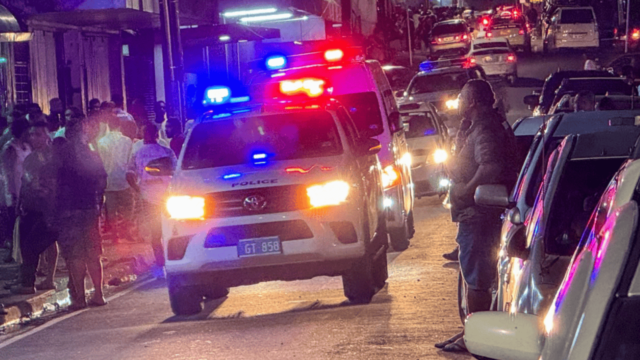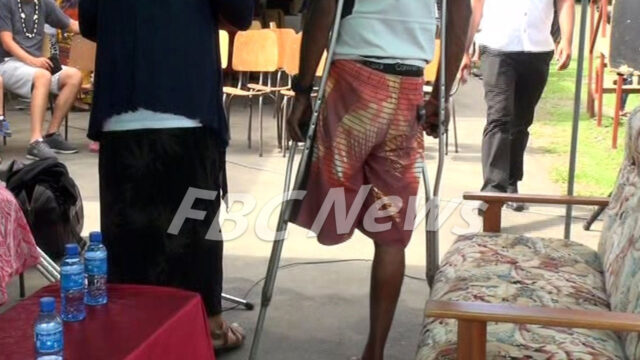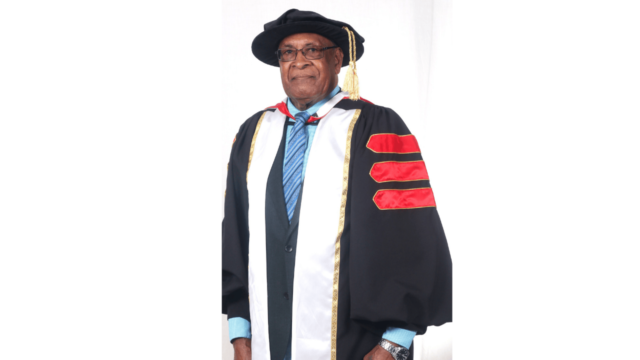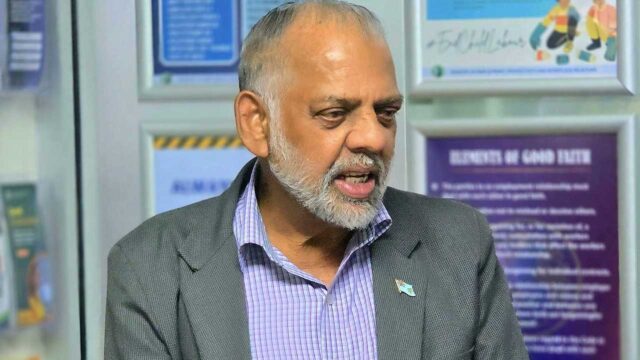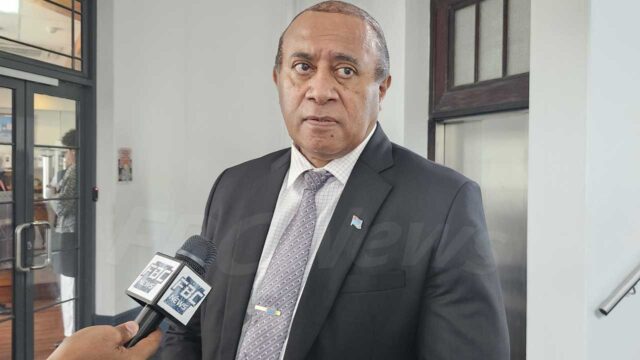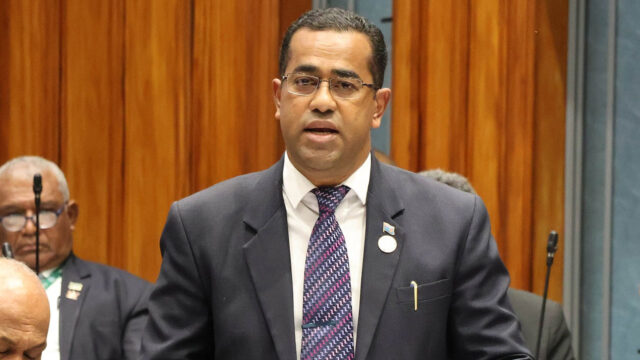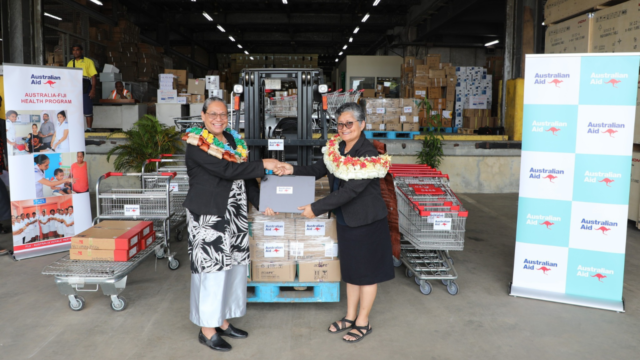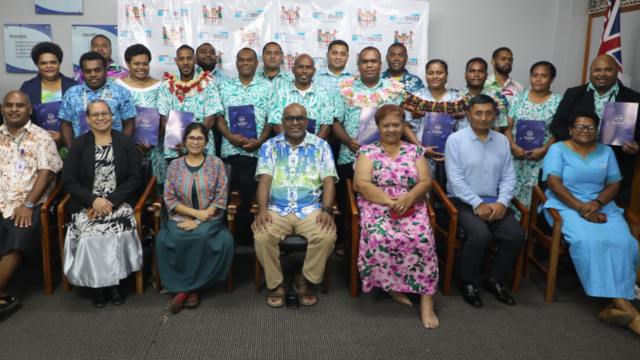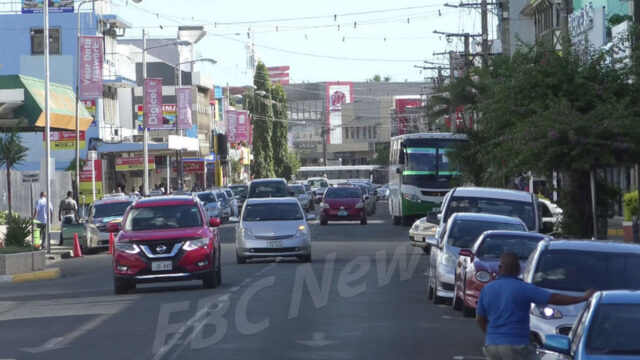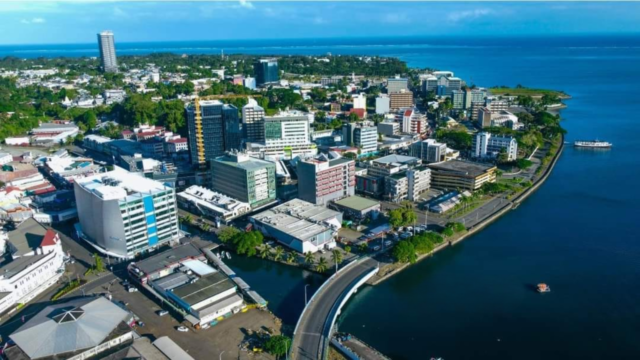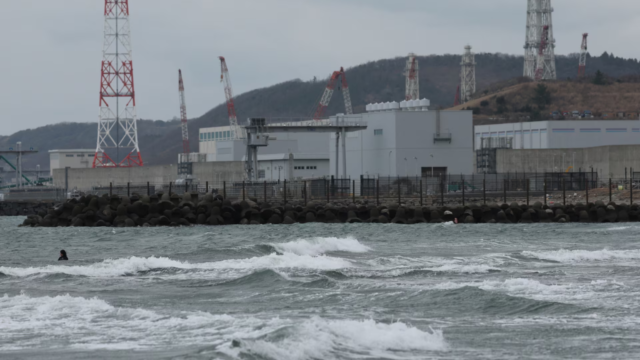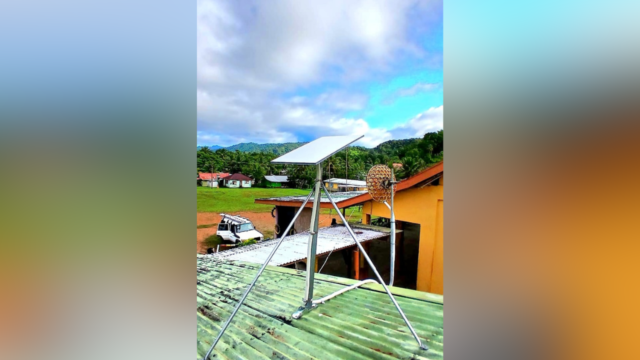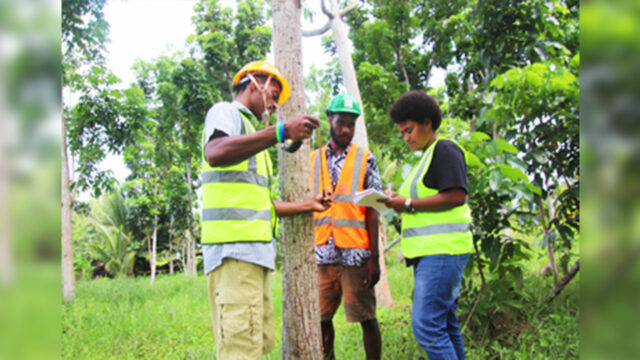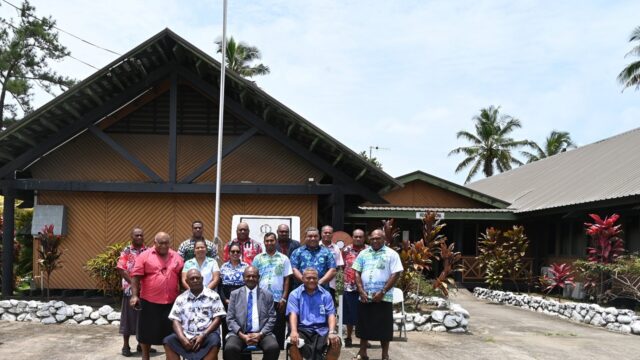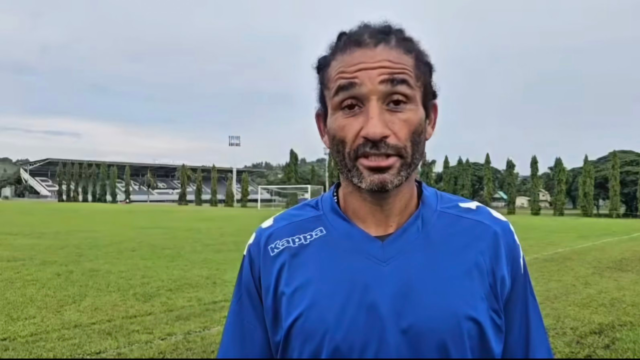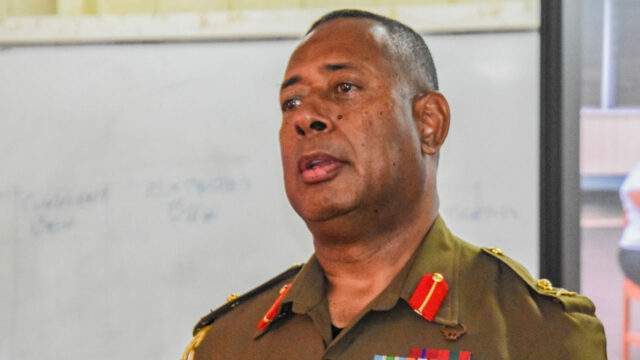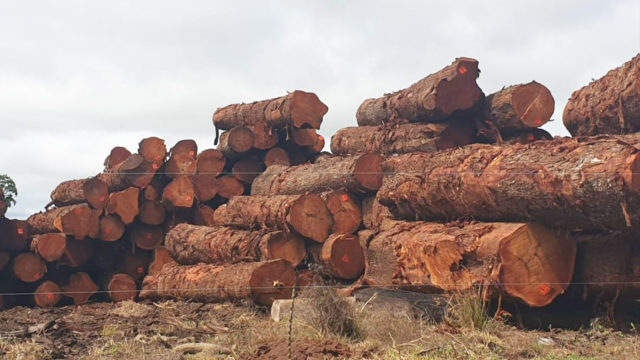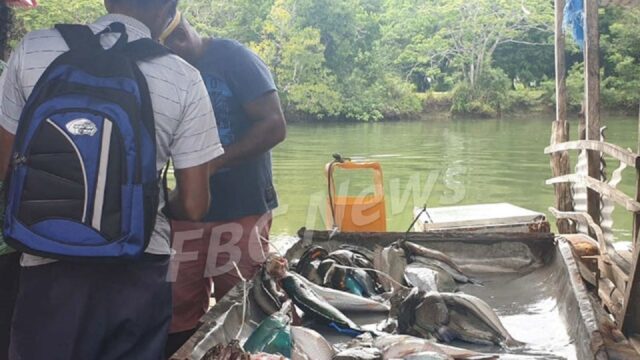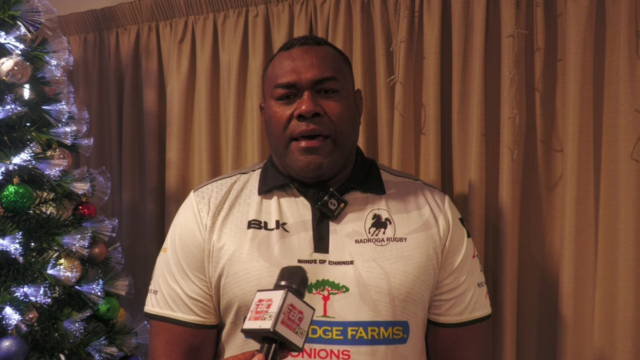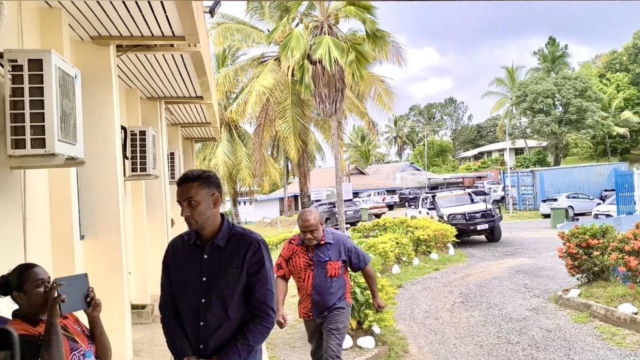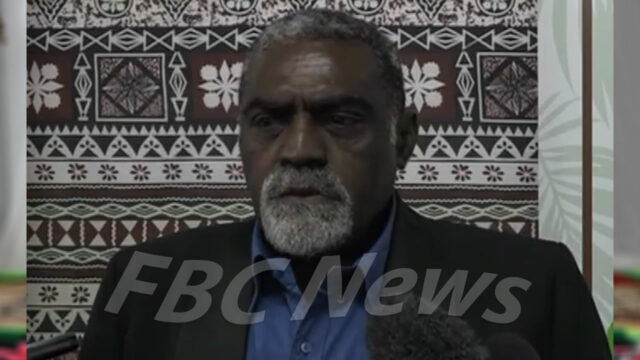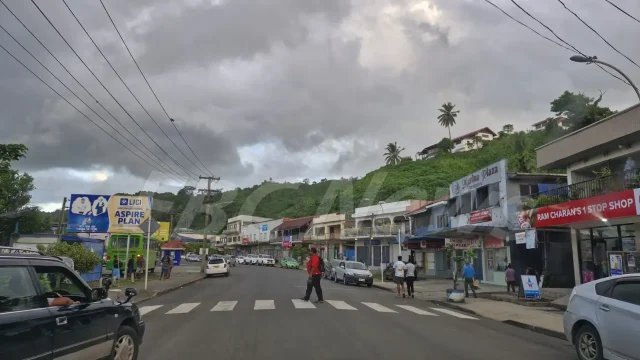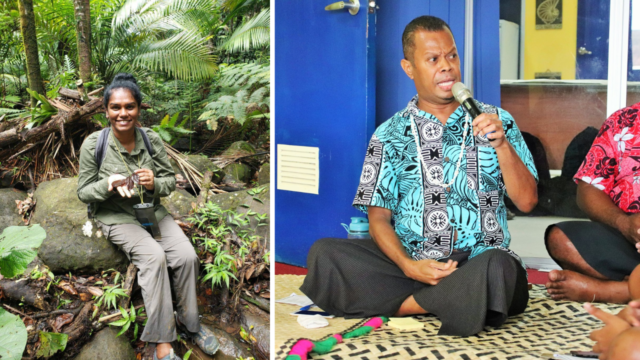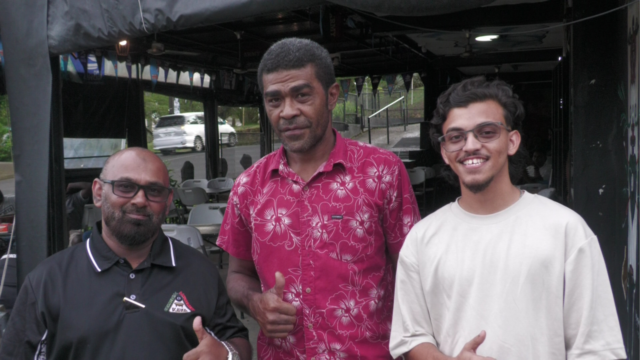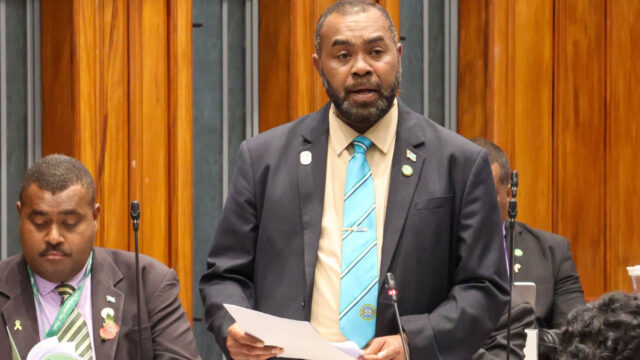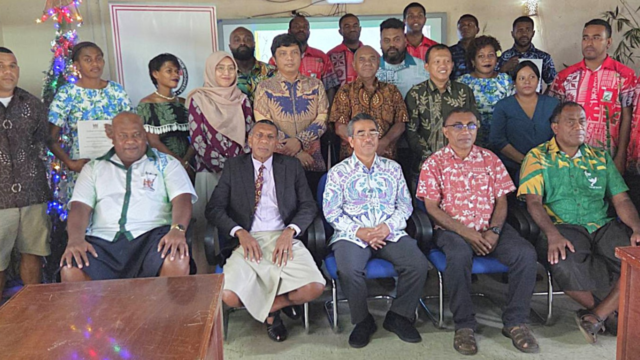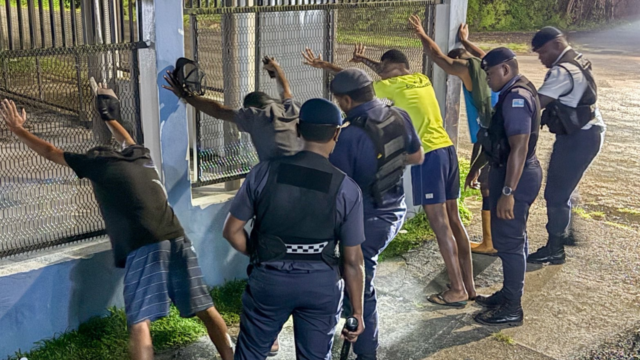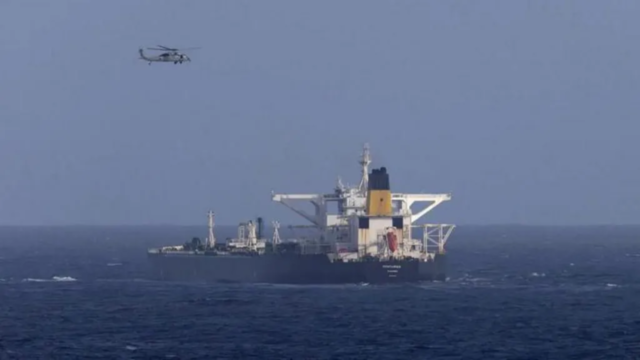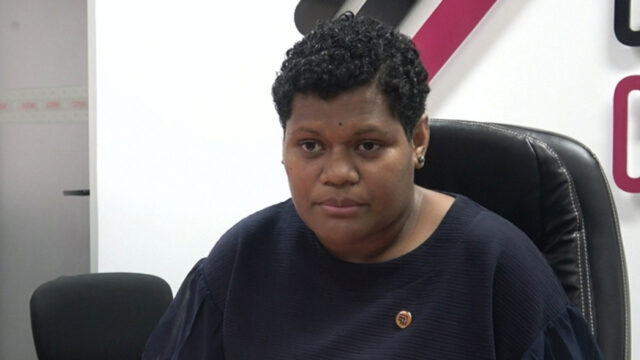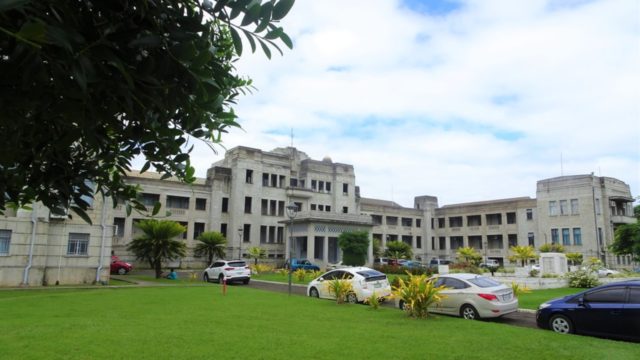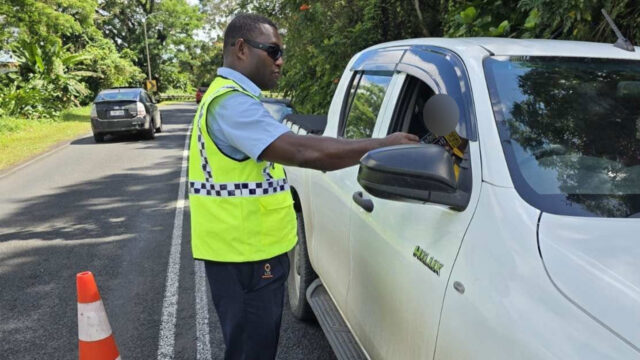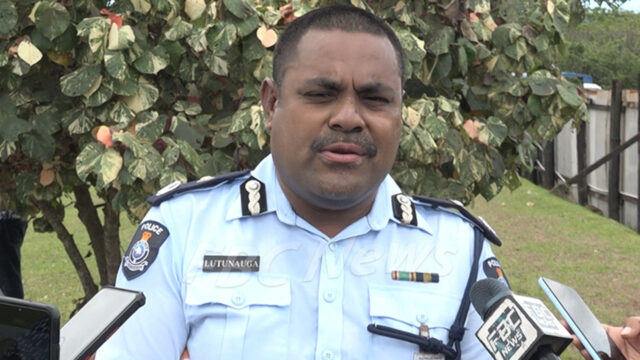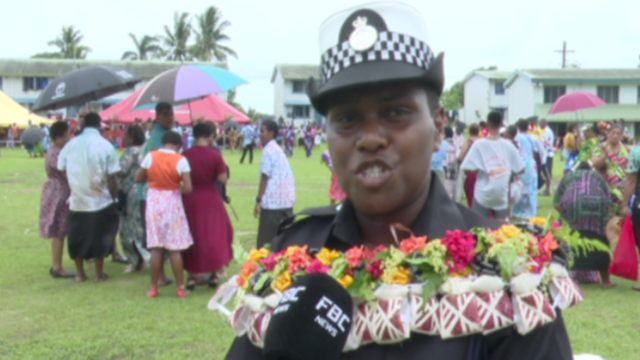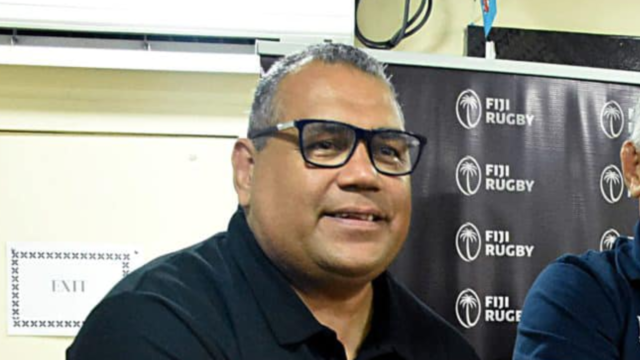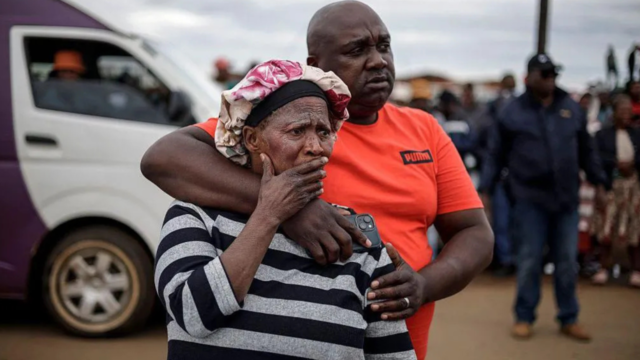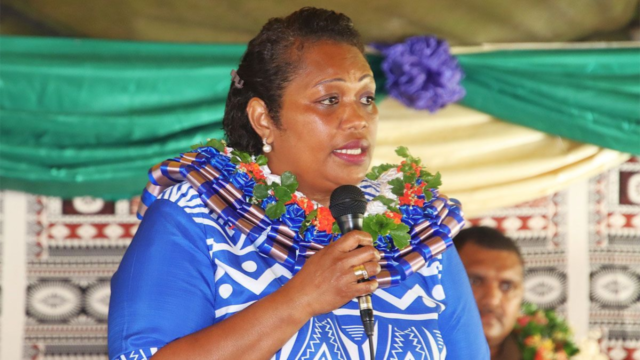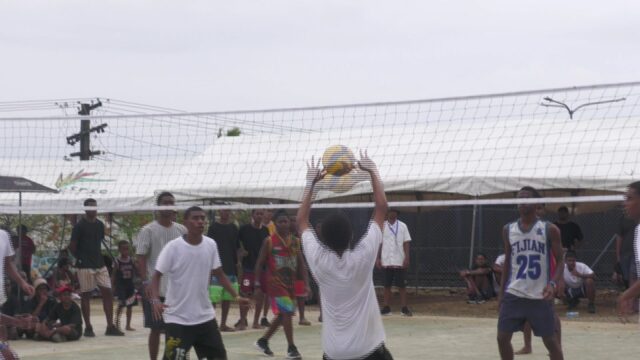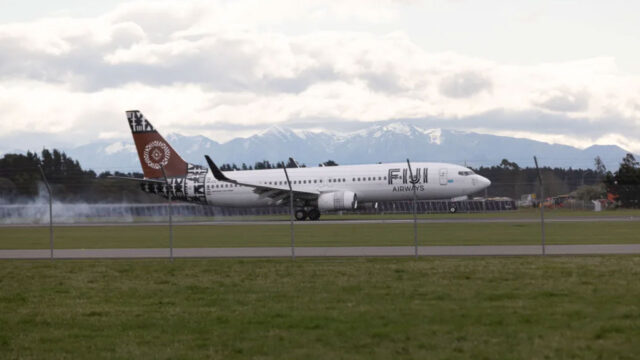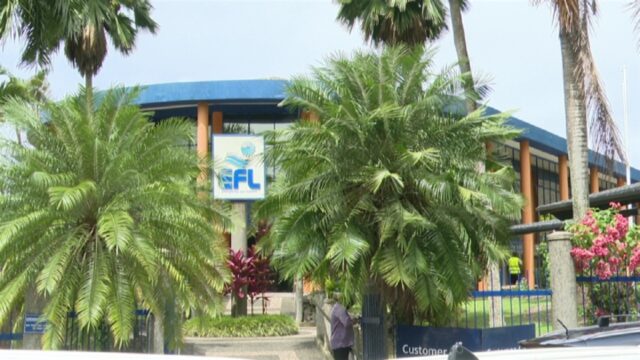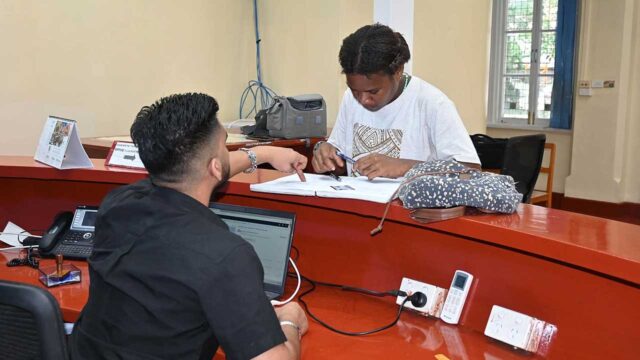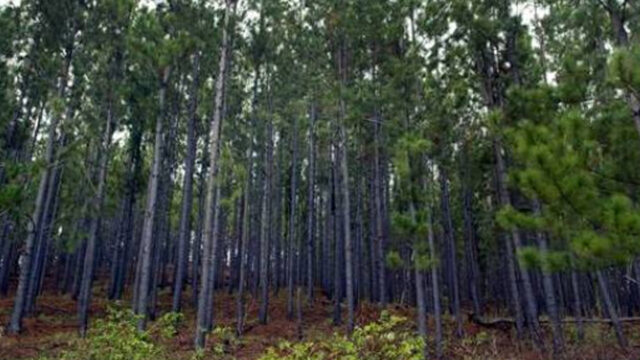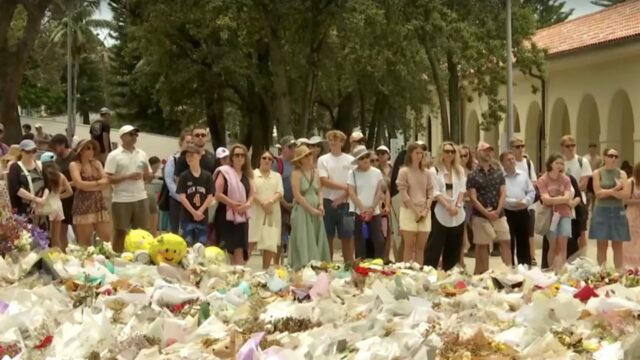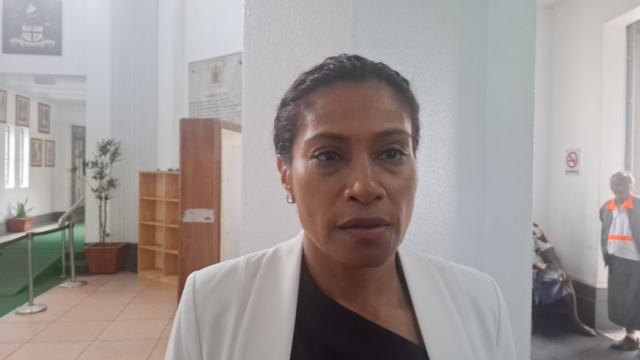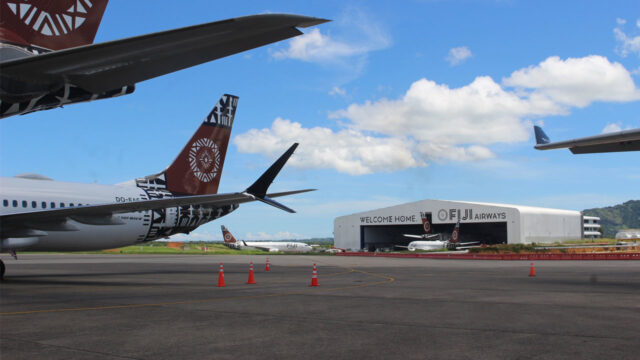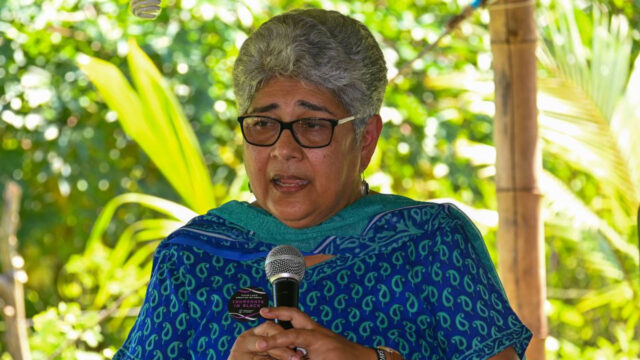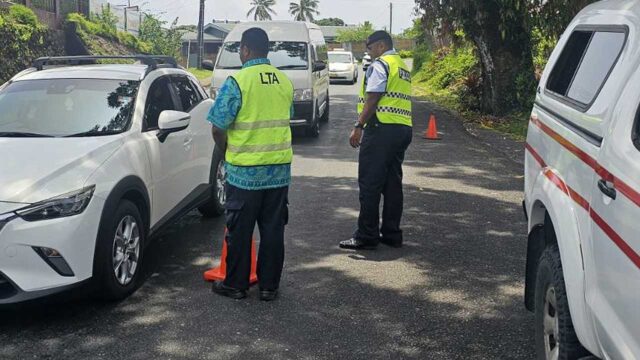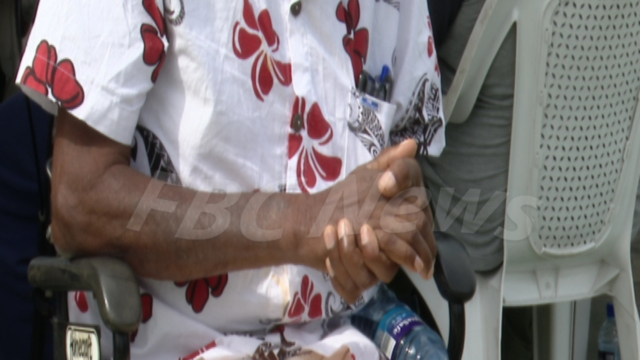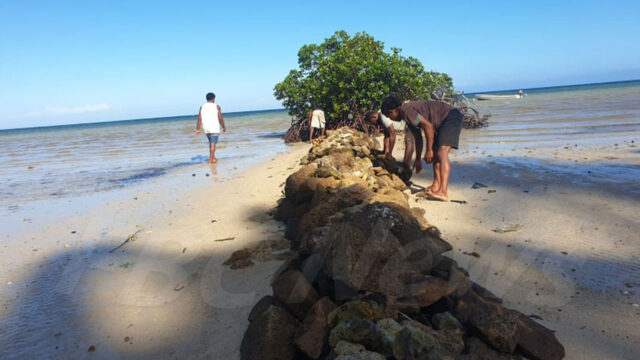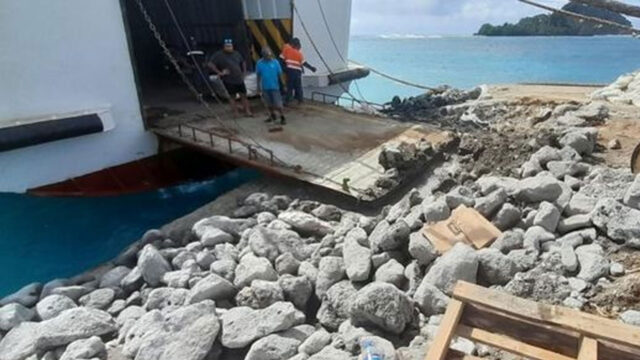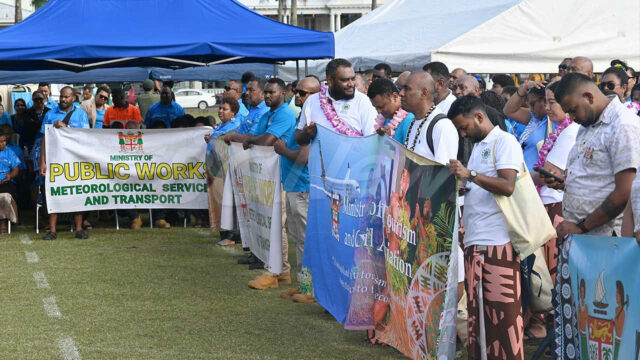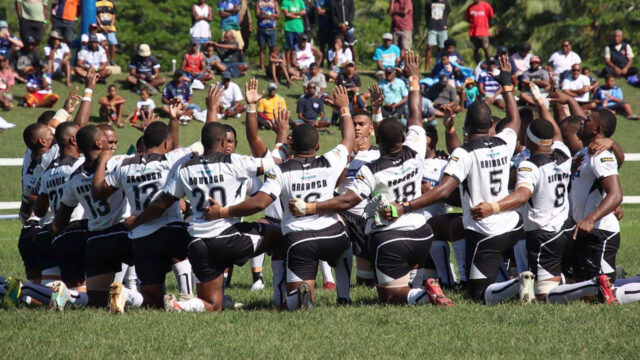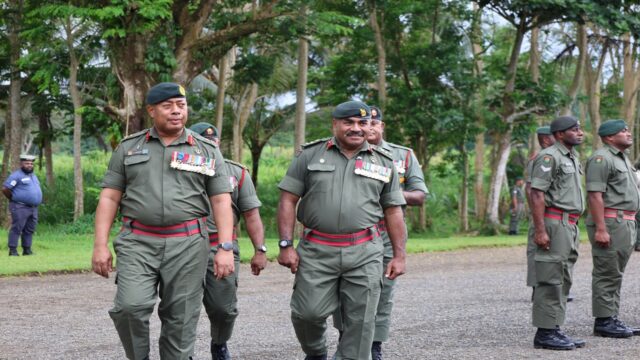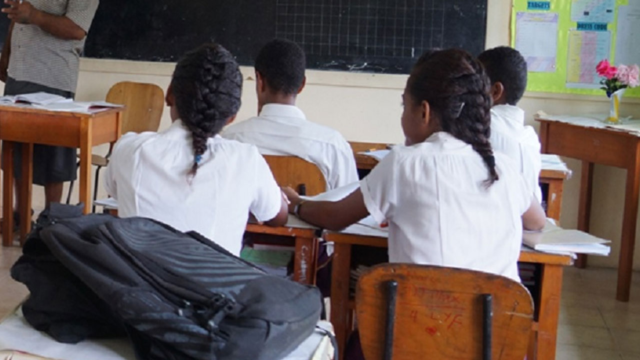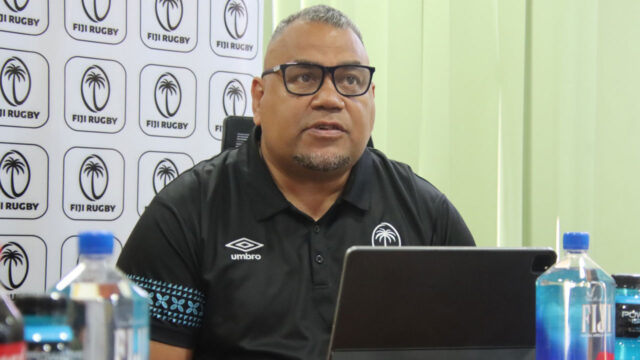
[Source: Reuters]
One of Afghanistan’s worst earthquakes killed more than 800 people and injured at least 2,800, authorities said on Monday, as rescuers struggled to reach remote areas due to rough mountainous terrain and inclement weather.
The disaster will further stretch the resources of the war-torn nation’s Taliban administration, already grappling with crises ranging from a sharp drop in foreign aid to deportations of hundreds of thousands of Afghans by neighbouring countries.
Sharafat Zaman, spokesperson for the health ministry in Kabul, called for international aid to tackle the devastation wrought by the quake of magnitude 6 that struck around midnight local time, at a depth of 10 km (6 miles).
“We need it because here lots of people lost their lives and houses,” he told Reuters.
The quake killed 812 people in the eastern provinces of Kunar and Nangarhar, administration spokesperson Zabihullah Mujahid said.
Ziaul Haq Mohammadi, a student at Al-Falah University in the eastern city of Jalalabad, was studying in his room at home when the quake struck. He said he tried to stand up but was knocked over by the power of the tremor.
“We spent the whole night in fear and anxiety because at any moment another earthquake could happen,” Mohammadi said.
MUDBRICK HOMES COLLAPSE
Rescuers were battling to reach remote mountainous areas cut off from mobile networks along the Pakistani border, where mudbrick homes dotting the slopes collapsed in the quake.
“The area of the earthquake was affected by heavy rain in the last 24-48 hours as well, so the risk of landslides and rock slides is also quite significant – that is why many of the roads are impassable,” Kate Carey, an officer at the U.N. Office for the Coordination of Humanitarian Affairs (UNOCHA), told Reuters.
Rescue teams and authorities are trying to dispose of animal carcasses quickly so as to minimise the risk of contamination to water resources, Carey said.
Casualties could rise as rescue teams access more isolated locations, authorities said.
“All our … teams have been mobilised to accelerate assistance, so that comprehensive and full support can be provided,” said health ministry spokesperson Abdul Maten Qanee, citing efforts in areas from security to food and health.
Reuters Television images showed helicopters ferrying out the affected, while residents helped security forces and medics carry the wounded to ambulances in an area with a long history of earthquakes and floods.
Military rescue teams fanned out across the region, the defence ministry said, with 40 flights carrying away 420 wounded and dead.
The quake razed three villages in Kunar, with substantial damage in many others, authorities said.
At least 610 people were killed in Kunar with 12 dead in Nangarhar, they added.
Some villagers sat weeping amid the piled ruins of their homes. Others began laboriously clearing the debris by hand, or carried out the injured on makeshift stretchers.
“This is Mazar Dara in Nurgal district. The entire village has been destroyed,” one victim told reporters. “Children and elders are trapped under the rubble. We need urgent help.”
Another survivor said: “We need ambulances, we need doctors, we need everything to rescue the injured and recover the dead.”
It was Afghanistan’s third major deadly quake since the Taliban took over in 2021 as foreign forces withdrew, triggering a cut to the international funding that formed the bulk of government finances.
Diplomats and aid officials say crises elsewhere in the world, along with donor frustration over the Taliban’s policies towards women, including curbs on those who are aid workers, have spurred the cuts in funding.
Even humanitarian aid, aimed at bypassing political institutions to serve urgent needs, has shrunk to $767 million this year, down from $3.8 billion in 2022.
Some villagers sat weeping amid the piled ruins of their homes. Others began laboriously clearing the debris by hand, or carried out the injured on makeshift stretchers.
“This is Mazar Dara in Nurgal district. The entire village has been destroyed,” one victim told reporters. “Children and elders are trapped under the rubble. We need urgent help.”
Another survivor said: “We need ambulances, we need doctors, we need everything to rescue the injured and recover the dead.”
It was Afghanistan’s third major deadly quake since the Taliban took over in 2021 as foreign forces withdrew, triggering a cut to the international funding that formed the bulk of government finances.
Diplomats and aid officials say crises elsewhere in the world, along with donor frustration over the Taliban’s policies towards women, including curbs on those who are aid workers, have spurred the cuts in funding.
Even humanitarian aid, aimed at bypassing political institutions to serve urgent needs, has shrunk to $767 million this year, down from $3.8 billion in 2022.
Stream the best of Fiji on VITI+. Anytime. Anywhere.


 Reuters
Reuters

